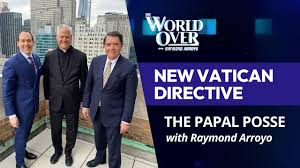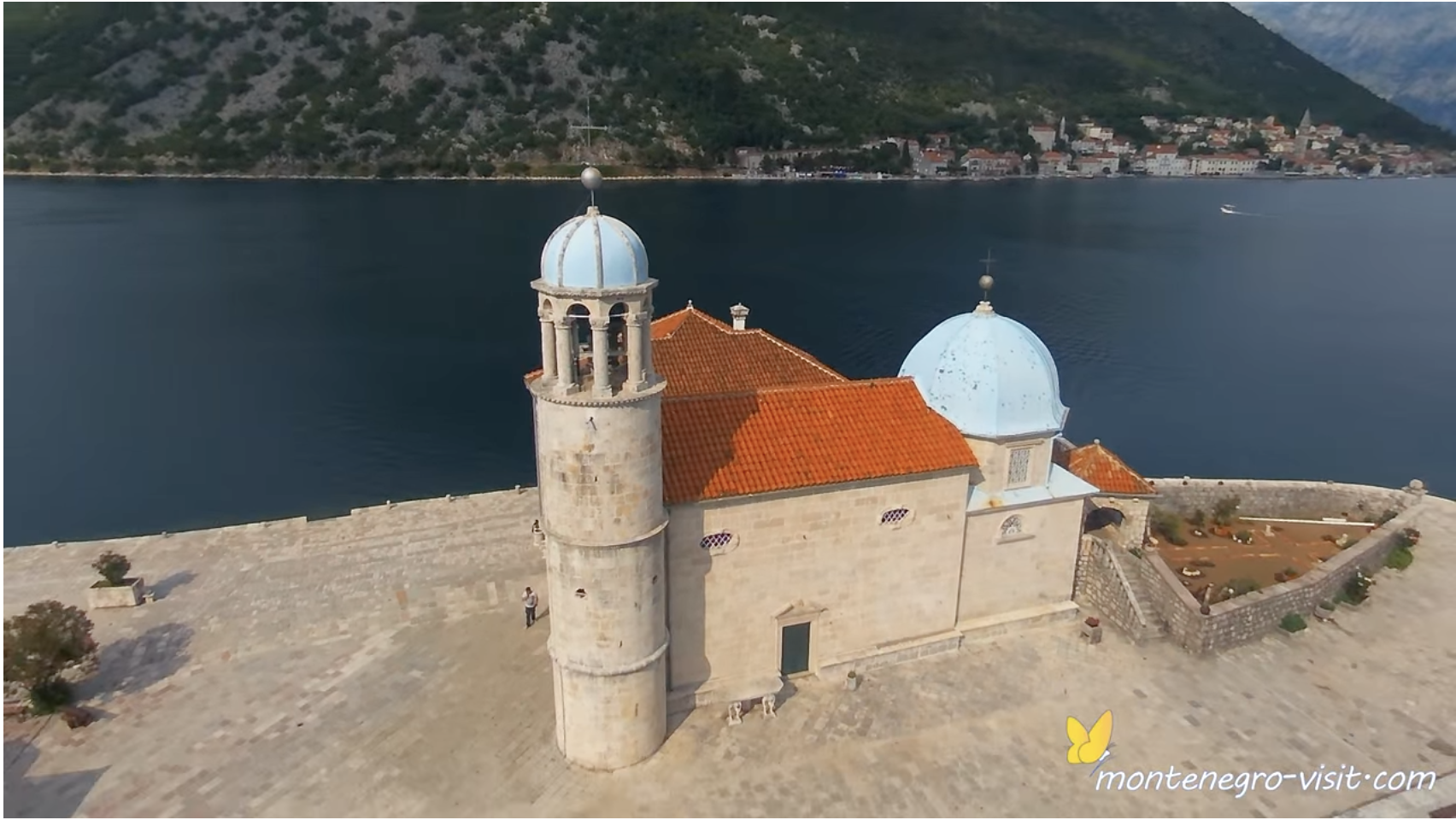In a sailing ship, a change in the direction of the wind and waves is occasion for all hands on deck to adjust the rigging and trim the sails. To appreciate the sea change in the Church’s presence in the United States after the HHS ruling, we have to go back for a look at the 1950s. Since then, a series of self-inflicted blows have left the U. S. Church weakened and confused about its identity in American society.
In the fifties, the Church was a comfortable pillar of the community compromising all along the way with the prevailing culture and craving the legitimacy that it imagined the U. S. culture could bestow. Obviously, this depiction is a little simplistic. But the fact is that the Church does not need legitimization from American culture. But for some time, many in the Church have read from the culture how they are supposed to behave and what the Church herself can say and do – and how.
At that point, going along with a largely conservative culture presented no real challenge. So bishops had mansions resembling the homes of the well to do in the secular culture. Religious became increasingly middle-class, clergy aimed to be upper-middle-class, and laity led more and more compartmented lives, to name just a few trends. Nobody did this to us. We did it to ourselves.
Then in the sixties, the sexual revolution and the overturning of obedience to authority far outweighed the teaching of Vatican II in their impact on the U. S. Church’s self-understanding. Indeed, the Church understood the Council through the lenses of American culture rather than vice versa.
The Church did not directly have problems with the government, but internally it denied its own integrity by practically caving in to the culture and by not implementing Vatican II, except in its more cosmetic aspects. So the Catholic population largely ended up out of step with the Universal Church despite the mammoth event of the council.
Vatican II reiterated the teaching of the Church. But the U. S. Catholic community did not retread and confirm Catholics in their faith. To this day Vatican II teaching is still not actively known by most Catholics in detail, despite John Paul II’s strenuous efforts to get people to take the Council seriously.
The love affair between Catholics and the Democratic Party has long and tangled origins, and it continued in the fifties. But then this alliance of clergy and laity with the party remained largely unshaken – even as the party adopted more and more fringe positions out of line with Church teaching.

Holy card for the North American Martyrs, c. 1930
During the sixties there developed what Benedict XVI refers to as the “well-intentioned but misguided tendency to avoid penal approaches to canonically irregular situations.”
The next great upheaval – again totally self-inflicted – occurred in the late eighties and nineties and right into the new millennium, with the abuse scandals. This onslaught had to be borne by a largely uninformed and poorly motivated community. And the community’s generosity is being diverted to cover payouts to victims, uses for which contributions were never intended.
And now, the Obama Administration is taking on the Church over exercising its conscience on payment for contraception, etc. The Church is in the reverse situation from the fifties. From prevailing acceptance and mutual tolerance, it is now facing separation from its own civil institutions by a hostile government, much like what Napoleon did to the Church in France in the nineteenth century.
The terrible irony is that the largely unformed – and uninformed—Catholic populace produced in the seventies and eighties actually helped put this government in place. Talk about a self-inflicted wound. And this year there is a good chance that they will do it again.
The sea change in the Church involves finally being forced to recognize that culture, even American culture, is never all that it is cracked up to be. The Church in fact is supposed to follow the Holy Spirit and not the culture. Actually: “It is not a matter of preaching a word of consolation, but rather a word which disrupts, which calls to conversion and which opens the way to an encounter with the one through whom a new humanity flowers.” (Benedict XVI)
Because of its recent history, the Church in the United States finally finds herself – alongside other faith groups that cannot swallow the culture – in a highly hostile environment. This is actually a good thing. Traditionally Churches in this situation – we are not far from actual persecution – pull themselves together, raise up saints, and get serious about what it means to be active Christians in society.
Bishops become leaders not simply quiet managers. Clergy become the poor men who help others to find God. Religious let go of their middle-class aspirations and take their vow of poverty seriously. People take to following rather than making it up as they go along.
Most important of all the history of desperate compromise with U. S. culture might actually stop as it becomes painfully clear that there are higher principles at stake than simply not giving offense. Christ himself will show us what that means.
If we follow Him, the tide will indeed have changed!














